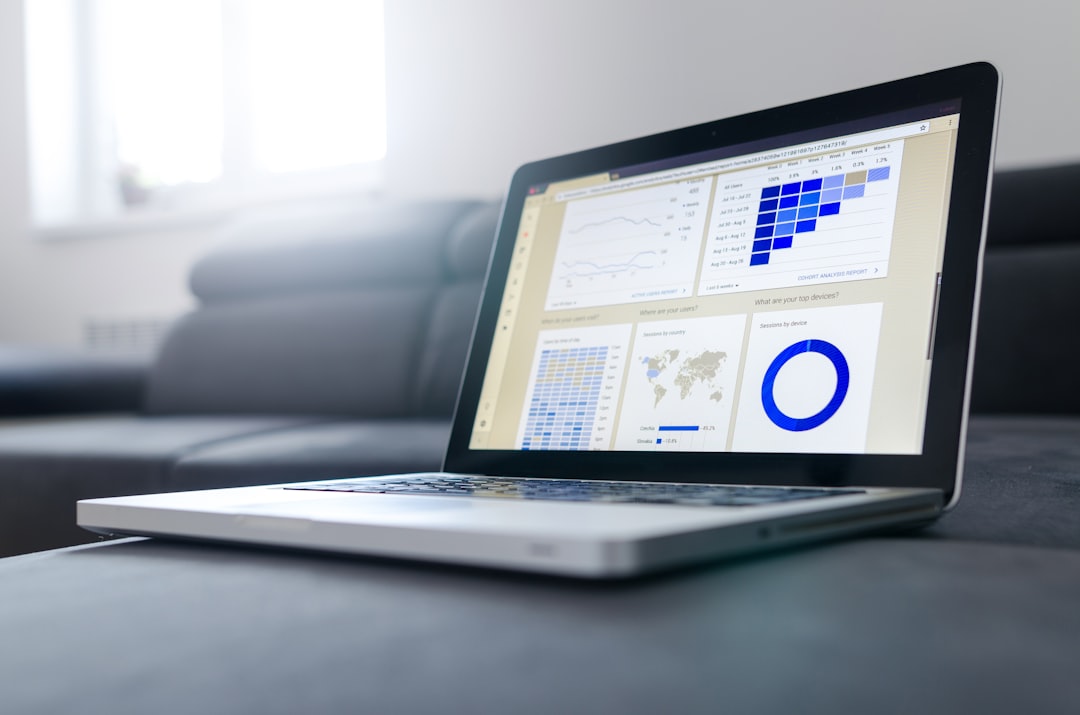
Top Financial Tools for Economists: Empowering Insights and Analysis
# Introduction. For economists, having access to the right financial tools is crucial for analyzing data, making informed decisions, and forecasting economic trends. With rapid advancements in technology, there are now a plethora of financial tools designed to enhance the work of economists across various sectors. In this post, we will explore some of the top financial tools that can empower economists and provide valuable insights for their analyses. # 1. Microsoft Excel: The Classic Spreadsheet Tool. Microsoft Excel remains one of the most widely used financial tools among economists. Its capabilities for data manipulation, statistical analysis, and visualization make it a staple in any economist’s toolkit. With features such as pivot tables, data filtering, and complex formula functions, users can easily analyze large datasets and generate forecasts. Furthermore, Excel supports numerous add-ins for statistical analysis, which expands its functionality and usefulness. # 2. R: The Open-Source Statistical Software. R is a powerful programming language and software environment used for statistical computing and graphics. It is particularly popular among economists for its extensive range of packages designed for econometric analysis. With R, economists can conduct regression analysis, simulations, and time-series analysis. The active community surrounding R also means that users can find plenty of resources and support for tackling various statistical challenges. As a free and open-source option, it is accessible to students and professionals alike. # 3. Stata: A Comprehensive Tool for Data Analysis. Stata is a commercial software that offers comprehensive data management capabilities, statistical analysis, and graphical representations. Highly favored in academic and research settings, Stata is particularly strong in handling panel data, making it ideal for economists studying longitudinal datasets. Its intuitive interface allows users to quickly conduct analyses, while its extensive documentation provides a robust support system for new users. The power of Stata lies in its command syntax, enabling economists to automate repetitive tasks. # 4. Tableau: Visualizing Financial Data with Ease. In a data-driven world, effective visualization is essential for communicating insights. Tableau is a renowned data visualization tool that empowers economists to create interactive and shareable dashboards. Its drag-and-drop interface simplifies the process of converting complex data into comprehensible visual formats. With Tableau, economists can easily track economic indicators, identify trends, and present findings to stakeholders in an engaging manner. Moreover, its compatibility with various data sources allows for seamless integration of datasets. # 5. EViews: Tailored for Econometric Modeling. EViews is a specialized software designed explicitly for econometric analysis and forecasting. It provides tools for time-series analysis, simulation, and economic modeling. Economists benefit from its powerful capability to estimate models and evaluate their performance. EViews interface is user-friendly, allowing analysts to handle data effectively and visualize results clearly. Additionally, the software integrates with other databases and spreadsheets, making it convenient for users to pull data facilitate their analyses. # 6. MATLAB: Advanced Mathematical Modeling. For economists who require advanced mathematical modeling capabilities, MATLAB is an excellent choice. With its extensive libraries and toolboxes, MATLAB is particularly useful for quantitative analysis, simulations, and optimization. Economists can develop complex models and algorithms, test theories, and visualize data with ease. As an engineering-oriented program, MATLAB is especially powerful when analyzing nonlinear problems and scenarios where traditional methods fall short. # Conclusion. The right financial tools can significantly enhance an economist’s ability to analyze data, generate insights, and make informed decisions. With a variety of options available – from established tools like Excel and Stata to specialized software like EViews and MATLAB – economists have the resources necessary to excel in their research and analyses. By leveraging these tools, economists can tackle complex economic challenges, support their hypotheses with data, and contribute valuable insights to the business and finance sectors. .







